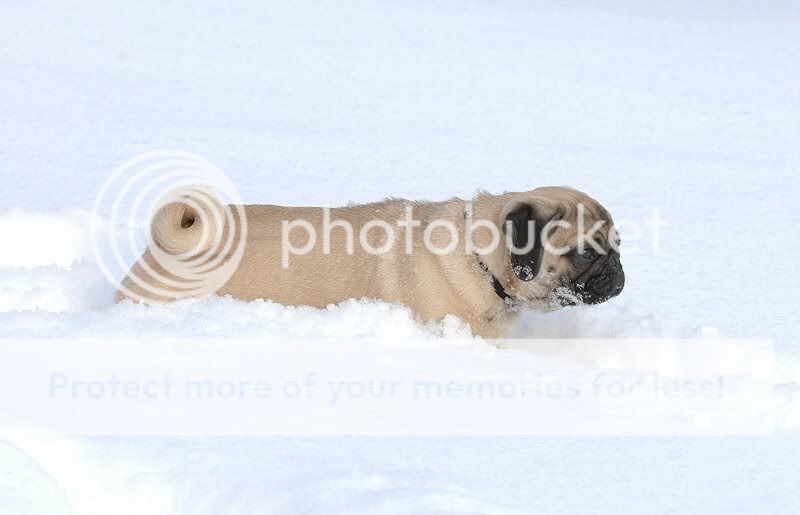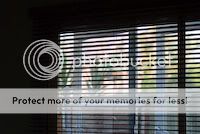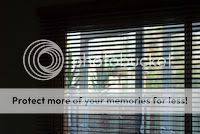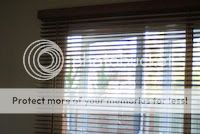Tennessee Landscape
TPF Noob!
- Joined
- Jan 19, 2008
- Messages
- 580
- Reaction score
- 0
- Location
- Seymour, TN
- Can others edit my Photos
- Photos NOT OK to edit
Huh? How can exposure compensation be redundant in aperture priority or shutter priority? The purpose of it is to over-write the exposure settings you get in this mode. I personally use it quite often in both modes.

Yeah, yeah....I had to let that one sit for a day. I'm still new so I'm still getting used to all the features and when to use them. I've not used EC, but here is how I understand where to use it. When shooting in A, or S modes first of all. The camera will set the coresponding shutter or aperture for the correct exposure if your in aperture or shutter priority respectivly. BUT....if your shooting a predominantly white composition, say a winter landscape, the camera will see the snow as gray, expose as such and your snow will come out gray. Lets say you set you aperture at f/18 and the camera slected 1/250sec. If your set your EC for +1, your winter scene would now come out white and not gray. Conversly if you where shooting a black cat or a black lab portrait, you would then set the EC to -1 so that the dog will come out as a black cat or dag, instead of grayish version. Again, I'm still learning, I've not actually done this yet myself, but this is how I understand EC to work.
As far as using this in M mode, I really don't know why you would. I think that most all of todays modern SLR's and DSLR's are adjustable in 1/3 stops, as opposed to full stops. I just feel like if you really understand exposure, you could make all your adjustments with your shutter and aperture, and if that doesn't work some ND filters give you more control over your exposure. I'm sure someone here has plenty of reasons how you can use EC in M mode, but that is just my understanding to this point.














![[No title]](/data/xfmg/thumbnail/31/31097-95606cf1bf0ecc862078bc333f20d4f7.jpg?1734159259)


